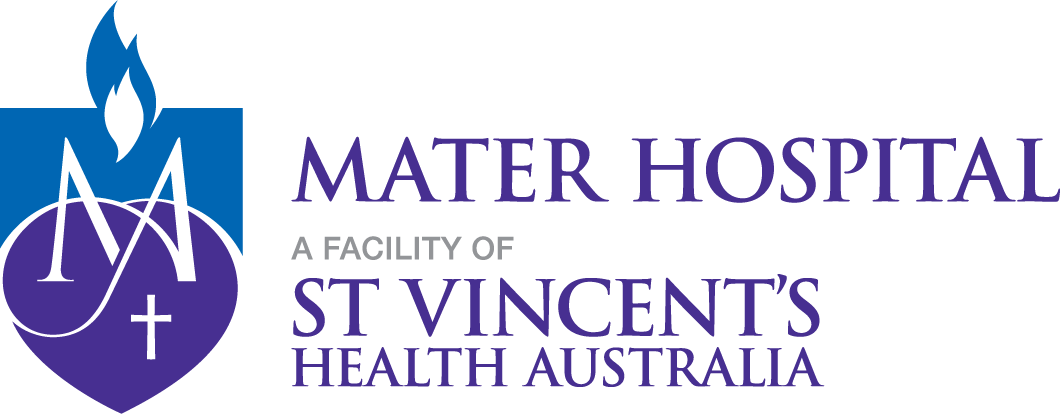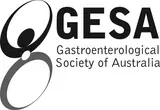Template
Sub Head
What part of the Anatomy is examined by a CT scan?
A CT scan can be used to examine every part of the body from the head to the toes, including:
- Internal organs
- Blood vessels
- Bones and joints
What Conditions can be Diagnosed by a CT scan?
CT Scans can be used to diagnose a variety of conditions, including:
- Bone breakages and muscle disorders
- Cancers
- Blood clots
- Heart disease
- Infection
- Kidney and bladder stones
CT scans can also be used to diagnose, guide tests and treatments, and monitor existing conditions.
Why is a CT scan required?
CT scans can diagnose and monitor a number of serious conditions. Doctors also use them to check the precise location of tumours, clots, or soft tissue before surgery or biopsies.
CT scans are also suitable for situations where urgently needed internal images of the body are needed, such as checking for internal injuries after a traffic collision.
What are the Risks and Complications of a CT scan?
A CT scan is a relatively low-risk procedure as it is non-invasive.
However, as multiple images are taken of the body during a CT scan, patients are exposed to more radiation than in a typical X-ray. Our CT machine delivers 25-75% lower radiation doses than normally expected in CT scans.
There is also a very minor risk that patients may suffer from a severe reaction to the contrast medium. Most patients who react develop an itchy rash. Exceptionally rarely, there can be a severe reaction with:
- Low blood pressure
- Anaphylactic shock
- Cardiac Arrest
Allergic reactions to the X-ray dye are usually mild and can be treated with medication on site. However, it is important to let the staff know if you have a known contrast reaction.













